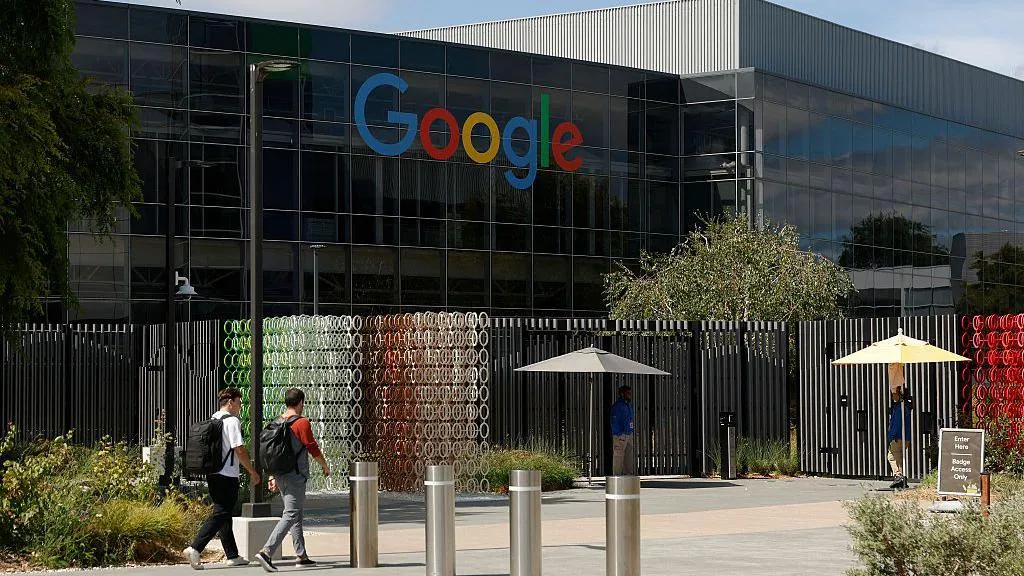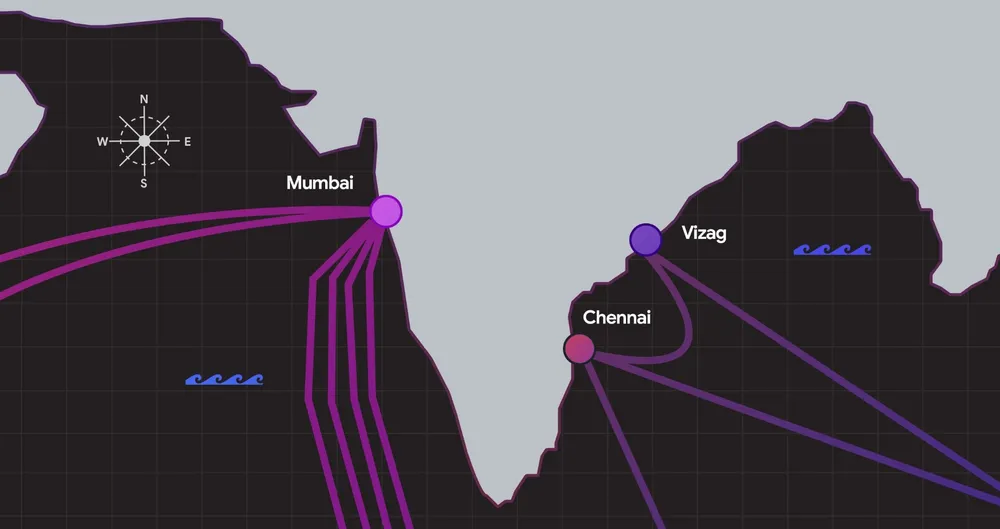Google AI Hub in India: Google just dropped a game-changing $15 billion plan in India — and it’s louder than a headline. This is not a small office or another sales team. This is a full AI hub, built in Visakhapatnam (Vizag), on India’s east coast.
Google says the move will roll out over the next five years, roughly from 2026 to 2030. At heart, this project is about infrastructure — the physical stuff that actually makes AI fast, cheap, and useful. Think huge data centers, power grids, fiber cables under the sea, and local connectivity that finally matches the hype.
This move also aligns with global tech leadership shifts, where giants like Apple and Google are rethinking their innovation strategies.
Here’s what matters most, broken down so it’s easy to read and share.

Google AI Hub in India: Powering a New Era of Digital Infrastructure
What Google is building — in plain words Google is putting $15 billion into an AI hub in Visakhapatnam. This hub will include a purpose-built data-center campus with gigawatt-scale compute. It will also add a high-capacity subsea cable gateway to connect India directly to Google’s global networks.
Why the data centers matter? Data centers are where AI models live and run. More compute power means faster responses and more complex models. Gigawatt-scale compute is a fancy way of saying “a lot of machines, working nonstop.” Data Centre Magazine
Just like AI hardware and compute innovation seen with AMD and OpenAI, Google’s Visakhapatnam hub aims to supercharge India’s data capabilities.
Why the subsea cable matters: Subsea cables move tons of data across oceans.
A dedicated gateway lowers lag and gives India a direct route into global cloud services.
That improves speed for developers, businesses, and everyday users.
Why power and sustainability are part of the headline: Google plans to pair the campus with clean energy and stronger grids. That avoids the old problem where big data centers chew electricity and leave communities behind. Clean power is both smart and responsible for long-term growth.
Who’s partnering with Google: Google is not going it alone. Local partners include Bharti Airtel and AdaniConneX among others, to provide connectivity and land/infrastructure support.
What this means for India — straight talk: This is one of Google’s biggest bets outside the U.S. It signals that India is no longer just a talent hub — it’s becoming a home for core AI infrastructure. The Economic Times
Faster AI for Indian startups and businesses. Local compute and lower latency will make AI tools cheaper to use in India. Startups can test models faster. Apps will feel more responsive to Indian users.

Better privacy and data flow control. More local infrastructure can ease regulatory and privacy concerns. Data doesn’t always have to travel far to be processed. That helps companies meet local rules and user expectations.
Jobs, skills, and education — the ripple effects. New data centers bring construction jobs and technical roles. There will be demand for engineers, facilities staff, network builders, and trainers. The big opportunity is upskilling — local talent learning how to run and build on AI infrastructure.
Risks and honest caveats. Big tech investments are powerful — and they are not a guaranteed fix for everything. Local planning must handle land use, environmental impacts, training, and fair access. Communities must get a say so benefits don’t concentrate only in a few hands.
Why Visakhapatnam? Vizag is on the coast and already has port and power infrastructure. That makes it a natural hub for subsea cables and large campuses.
Strategic location + land availability + local government support = win.
A quick look at the timeline and scale: Google frames this as a five-year plan with phased buildouts of compute, cables, and energy. Expect announcements on specific campus phases, partner roles, and timelines over the next months.
How everyday users might notice the change. Search, maps, YouTube, and AI assistants could respond faster. Cloud tools used by Indian businesses may become more affordable. AI features in phones and apps could get smarter and more local-aware.
What journalists and leaders should watch next. Watch for government approvals, environmental clearances, and partner contracts. Keep an eye on training programs and local hiring plans. Look for subsea cable permits and energy procurement deals — these are where the work gets real.
Bottom line
Google’s $15 billion AI hub is a bold, infrastructure-first bet on India’s tech future. It pairs data centers, subsea cables, and clean energy to create a lasting digital backbone. Data Centre Magazine
That backbone could speed up AI for Indian users, boost startups, and anchor more tech jobs — if planners get the social and environmental pieces right.



